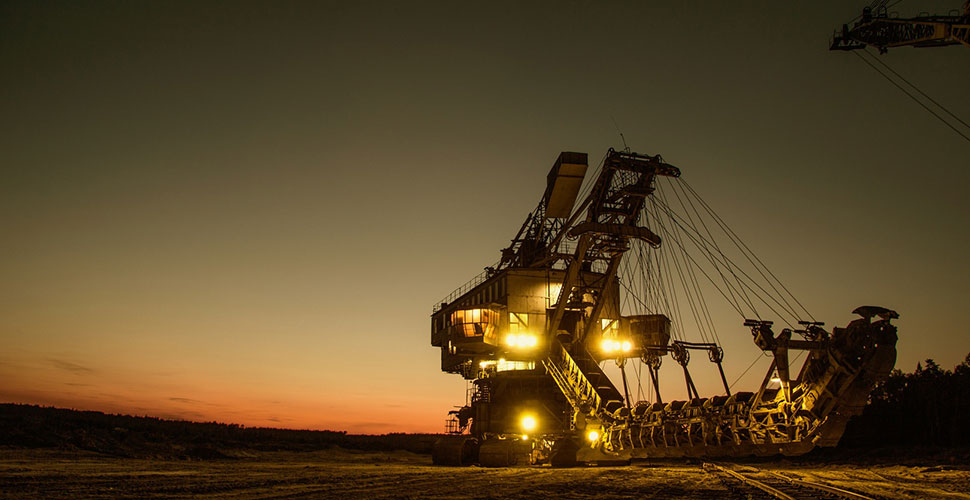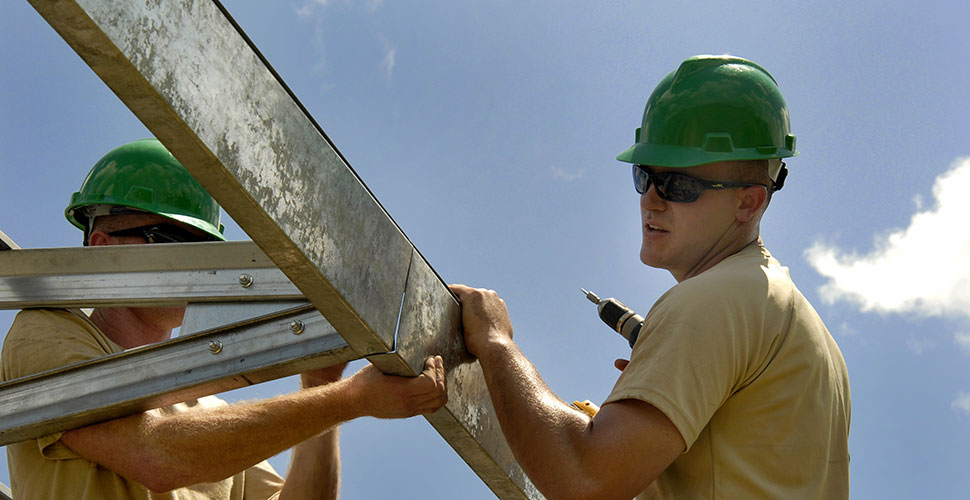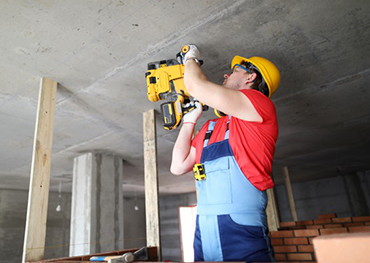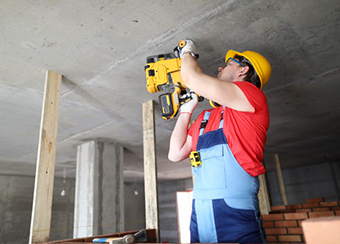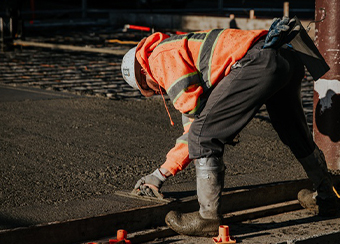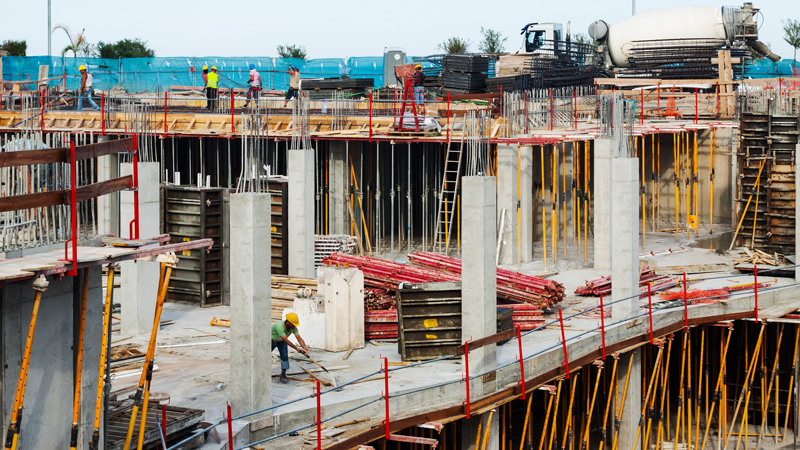Construction Firms Must Lift Game on Safety and Mental Health
Firms in building and construction throughout Australia are lacking in efforts regarding workplace safety and mental health, the latest research has found.
Conducted by ACA Research on behalf of construction project management software firm Procore, the survey of 161 respondents highlighted the current state of play in regard to safety and wellbeing practices on Australian construction sites.
It found that practices were lacking in several areas.
In particular:
- All up, less than half of all firms provided safety training for workers when joining the company (48 percent) or at regular intervals during the year. Meanwhile 37 percent provide training upon commencement of high-risk jobs whilst 21 percent provide training following an incident.
- Less than half of all firms have strategies in place for mental health (36 percent), stress management (33 percent) or working time reductions to relieve mental stress (28 percent)
- In many cases, workers themselves are being blamed for those incidents which do occur. When asked why accidents occur, respondents most commonly cite a lack of care from workers themselves (74 percent) and workers taking unnecessary risks (71 percent) as contributing factors. Only around a third nominated a lack of either supervision or training. Whilst some accidents may indeed result from individual complacency, this result may indicate a tendency to attribute responsibility to individuals rather than to understand and address underlying issues which may contribute to potential hazards.
- One third (34 percent) of all respondents still use paper records to track and manage safety on site. A further 42 percent use manual spreadsheets whilst one quarter (24 percent) use specialist safety software.
- Less than half (approx. 45 percent) of all respondents use either company or site inductions to manage safety. Only between 27 percent and 42 percent of firms use safety management responses such as project specific safety plans, toolbox talks, proactive inspections and audits, regular safety analysis and reporting, equipment management tools or solutions, leading indicators of safety performance or lagging indicators of safety performance.
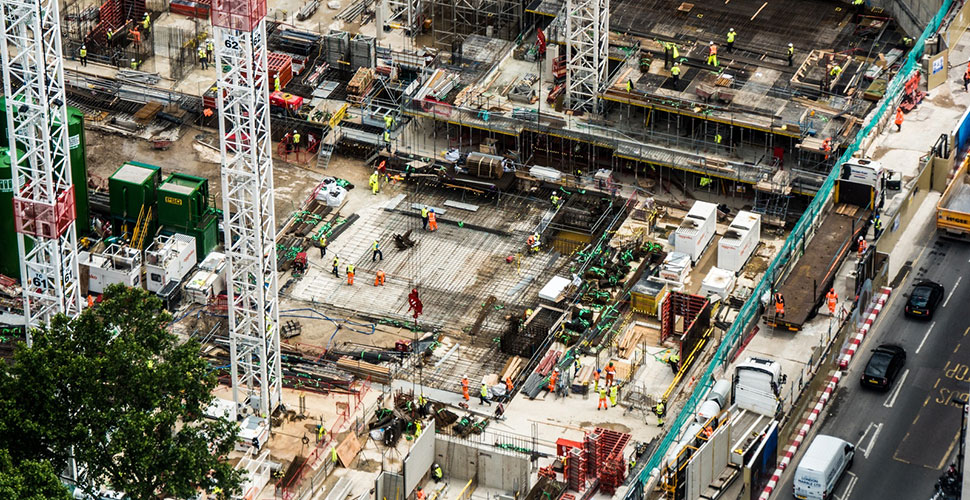
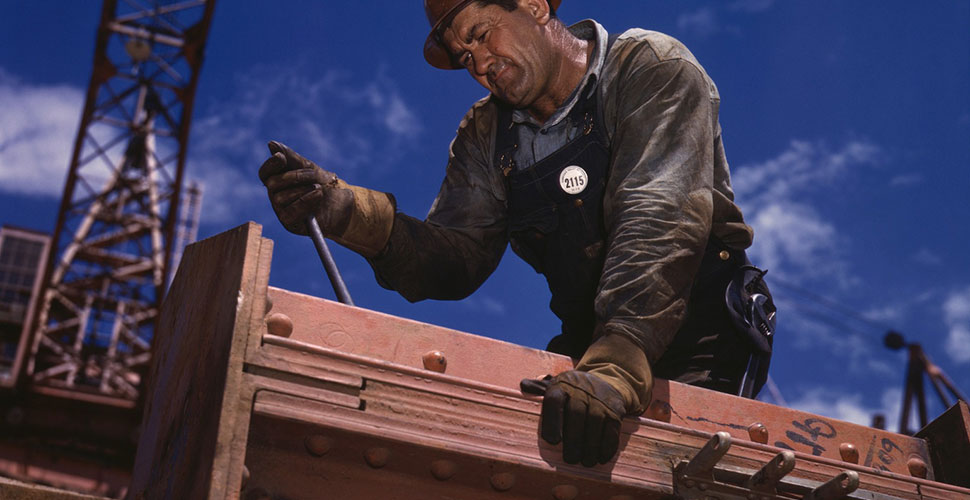
In another finding, the research found that efforts to maintain safety and wellbeing have diminished in terms of priority during the pandemic.
Whilst three quarters of respondents agree that achieving an accident-free workplace remains one of their top priorities, as many as 30 percent and 26 percent say that budget and time considerations rank as higher priorities compared with safety.
Not surprisingly, the research also uncovered a gap between larger and smaller firms.
Amongst firms with more than 100 employees, almost 60 percent have mental health strategies in place. Meanwhile 52 percent have policies for stress management and 38 percent have policies for working time reduction.
Amongst smaller firms, by contrast, the number who have any of these falls to less than 20 percent.
Whereas two thirds (66 percent) of larger firms use specialised software to manage safety, meanwhile, almost six in ten (58 percent) small firms still use paper based records for this.
Even simple mechanisms such as toolbox talks are used in nearly sixty percent of large firms but only just over 30 percent of small firms.
The latest results come as the construction industry has made progress in improving physical safety over recent decades but is lacking in efforts to address mental health concerns.


